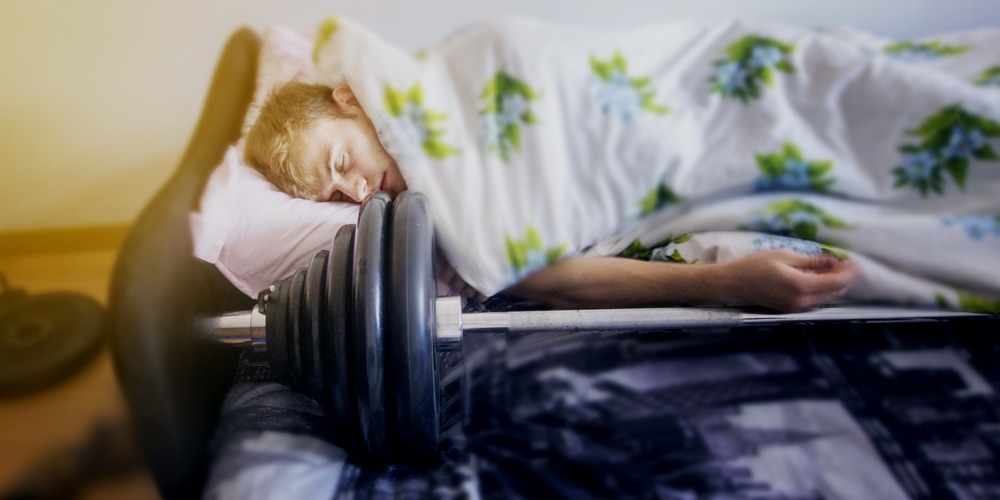We have all been told to ‘’stand up straight’’ or ‘’put those shoulders back’’. Timeless advice that is worth hearing. Some of us take it as criticism where as a therapist, we take it as trying to help find a solution for you. And that’s where we can help.
Posture is extremely important. Posture is the position you hold your body when sitting, standing or performing a specific action. For some exercise, good posture would include balancing yourself by standing up straight and centring your weight over your feet. This helps you maintain correct form while exercising, resulting in fewer injuries and greater gains. And working on balance can even strengthen your abilities in walking, running, and sitting. This would apply to sports like tennis, golf, running, dancing and skiing — and just about any other sport or activity.
Poor posture isn’t just about about awareness of how you should yourself. Tight muscles can play a very big role in bad posture. Inflexible and tight muscles can decrease your range of motion (how far a joint can move in any direction). For example, overly tight, shortened hip muscles tug your upper body forward and disrupt your posture. Overly tight chest muscles can pull your shoulders forward.
Muscle strength effects balance in several ways. The “core muscles” of the back, side, pelvis, and buttocks form a sturdy central link between your upper and lower body. Weak core muscles encourage slumping, which tips your body forward and disrupts balance. Strong lower leg muscles also help keep you steady when standing.
Good posture tips
• Abdominal muscles braced
• Hips even
• Knees even and pointing straight ahead
• Body weight distributed evenly on both feet
• Neutral spine (no flexing or arching to overemphasize the curve in your lower back)
• Arms at your sides with elbows straight and even
• When sitting down, keep your chin parallel to the floor; your shoulders, hips, and knees at even heights; and your knees and feet pointing straight ahead.
• Shoulders even (roll your shoulders up, back, and down to help achieve this)
Why remedial massage?
A remedial massage can help to improve posture in a range of situations such as:
• Acute Pain
• Sitting/standing discomfort
• Pain when exercising
• Difficulty relaxing
A remedial massage therapist will assess your posture at the start of an appointment and determine which muscles are tight and which are overstretched. They will the treat the affected muscles that are pulling your skeletal structure out of position. They will then reassess at the end of the treatment, and give you stretches and exercises to continue improving your posture.
Stress can also increase due to the lack of movement allowed and increase in pain that occurs when posture is poor. Mobility of joints also increases during a massage due to the specific techniques used throughout the massage. By reducing muscle tightness and increasing mobility to help improve posture, stress decreases.
To find out how remedial massage can help improve your posture or to book an appointment, you contact Centre 4 Health on 9193 2170 or book online here.






